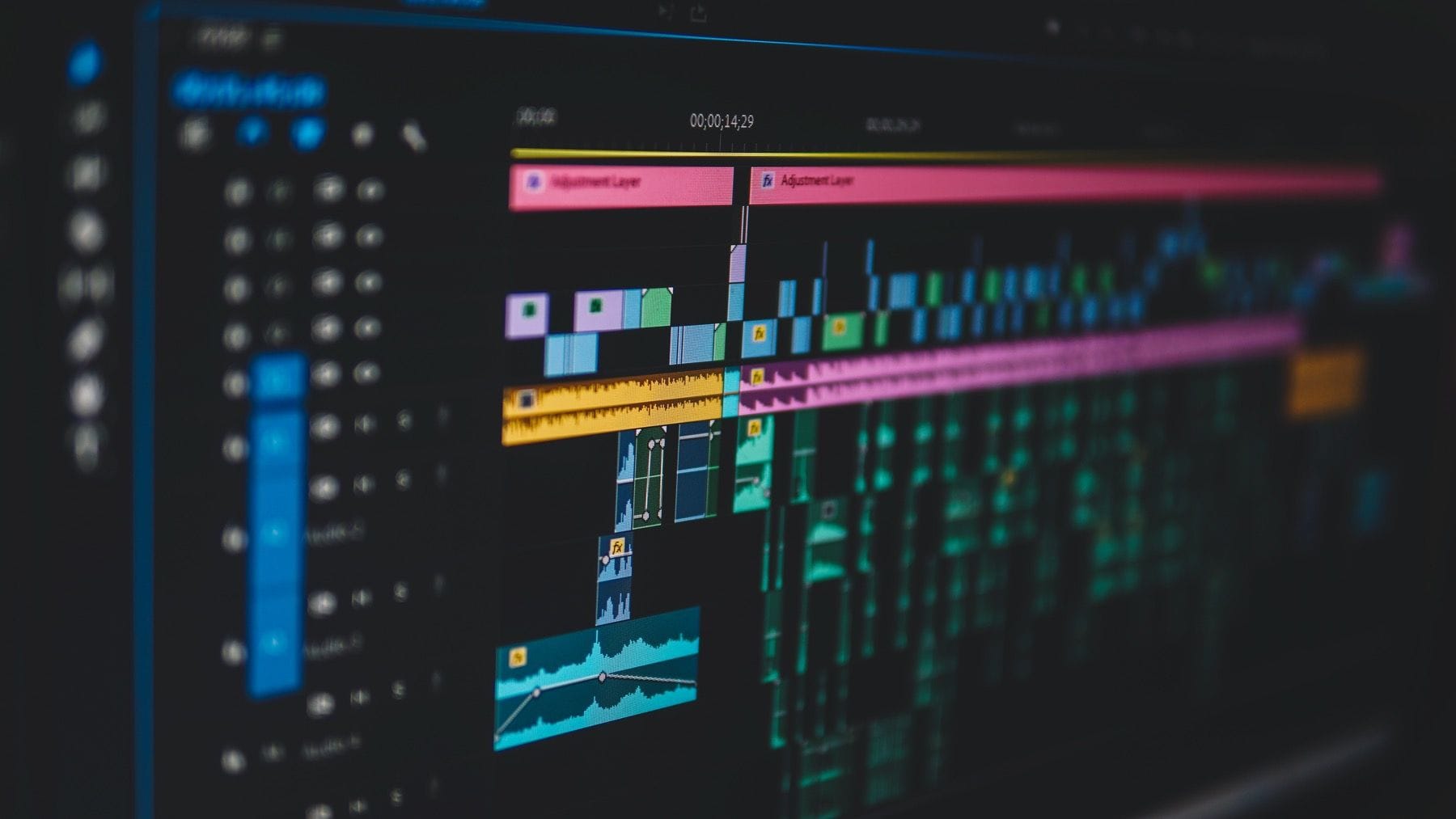Work-for-Hire Stymied: AI, Virtual Production, and Authorship Doctrine
Artificial intelligence is reshaping film production—yet U.S. copyright law still hinges on human authorship. This article unpacks the legal gray areas around works-made-for-hire, joint authorship, derivative-work liability, and fair-use when AI generates key creative content, and explains how studios are adapting through contracts and risk-management strategies.
Published on
The Copyright Act defines “works made for hire” as creations produced either by employees within the scope of their employment or through certain commissioned works that fall under specific categories. Both definitions, therefore, assume the involvement of human creators.
However, because artificial intelligence systems can execute creative tasks effectively based on prompts, they are being widely used for virtual production or “AI in film production” tasks. Humans can influence workflows, but the AI often still determines visual outcomes on its own. In the Community for Creative Non-Violence v. Reid, specific factors for identifying employee authorship—such as degree of supervision—were deemed difficult to discern when the AI is the operative agent. For example, it’s very likely that courts may determine human input as insufficiently creative, which would mean the final work lacks an identifiable human author and, therefore, does not qualify as work for hire.
Joint Authorship Stalls on Non‑Human Contributor
Joint authorship requires an author to contribute copyrightable content, but current AI intellectual property doctrine does not recognize AI as an author. As a result, if AI systems generate much of the expressive content for a creative project and human input is limited to only direction or prompts, the work does not meet the required thresholds of joint authorship or originality. This means heavily AI‑assisted productions may receive weaker protection than those with minimal or no AI involvement.
Derivative Work Risks from Training Data
AI models underlying virtual production are often trained on large datasets of copyrighted images such as photography, architectural drawings, and concept art. This means that even when the final output given by an AI system does not directly copy any single work, AI copyright issues and copyright infringement claims can still arise.
In Castle Rock Entertainment v. Carol Publishing Group, the court concluded that a trivia book based on Seinfeld episodes infringed copyright because it copied hundreds of specific fragments of protected expression. This decision was based on the level of similarity between the book and scripts from the original television show. Ultimately, the court found direct copying of original Seinfeld material. Copyright law requires derivative works to incorporate protectable original elements, and as these elements were lacking in the book’s content, copyright infringement occurred.
Fair Use May Provide Limited Shelter
In the case Andersen v. Stability AI Ltd., visual artists Sarah Andersen, Kelly McKernan, and Karla Ortiz accused Stability AI, Midjourney, DeviantArt, and Runway AI of using their copyrighted works without permission. The artists alleged that systems like Stable Diffusion were trained on millions of images scraped from the web and that the output resembled their individual styles as artists. A California federal judge allowed their copyright claims to proceed, including direct and induced infringement.
The primary question at hand in this case was whether copyrighted works qualify as fair use. Past cases such as Campbell v. Acuff-Rose Music, Inc. in 1994 established that commercial does not always automatically signify fair use. In virtual production, AI-generated outputs may be transformative in how they are created but not necessarily so in their market function. Essentially, if an AI-generated work acts as a substitute for licensed works, courts may likely determine that the standard of fair use does not apply.
Industry Adapts with Contracts and Risk Management
Studios are crafting contracts that address AI collaboration. This involves specifying ownership allocations, requiring training‑data disclosure, defining liability, and clarifying specific credit for human and AI contributions. Many studios also now document human involvement extensively to support future copyright claims.
Doctrine Needing Reform
Virtual production currently reveals a significant gap in the application of law within entertainment. This is particularly evident in advanced technologies like Unreal Engine film production, which integrate AI and real-time rendering. The legal standard is that copyright law necessitates human creators using tools. Therefore, when an AI tool contributes expressive content in ways that aren't easily traceable or that people can't genuinely take credit for, legal protections against copyright weaken.
Effective solutions may lead to an agreement of collaborative authorship in which parties involved are able to accurately confirm whether a person contributed a meaningful creative role or guided the AI system towards the work completed.
What Comes Next
Congress may eventually establish more clear precedents on this issue of copyright doctrine by clarifying ownership rules for AI-assisted works. As of now, the use of AI in virtual production remains a nuanced legal dilemma as it pertains to “works made for hire” and the copyright doctrine.


